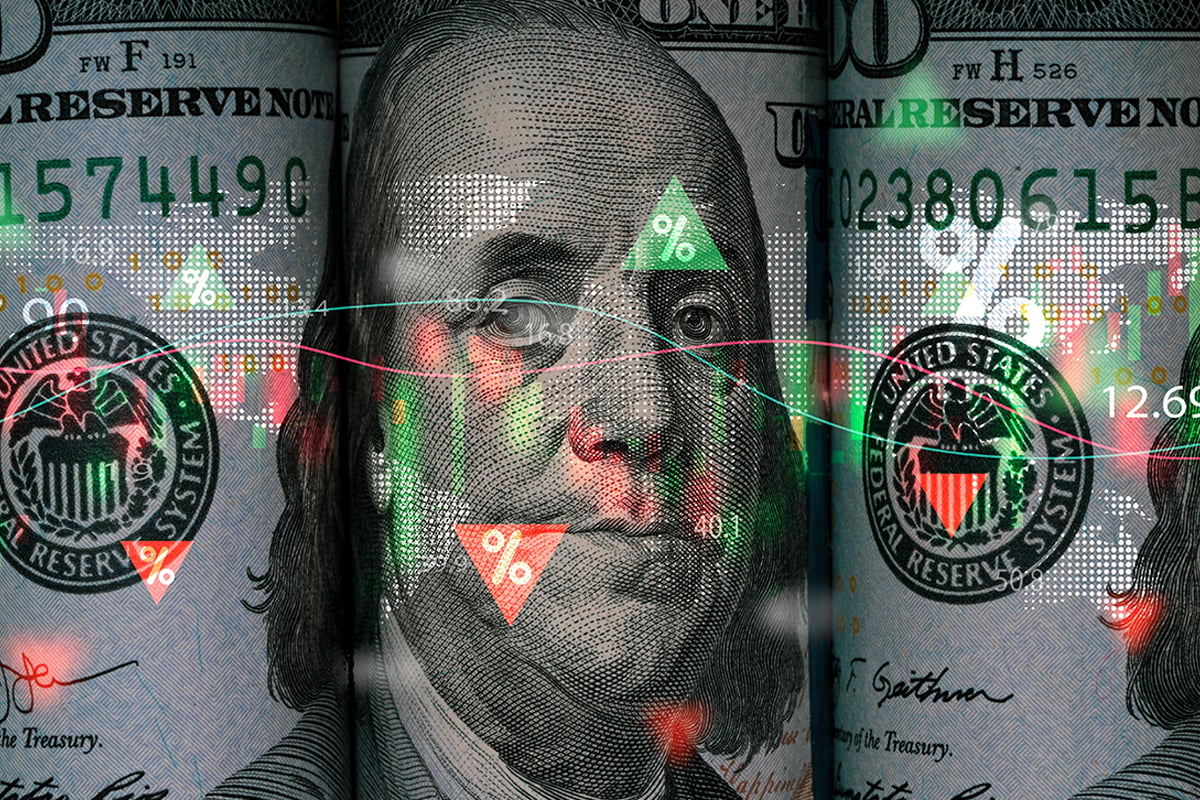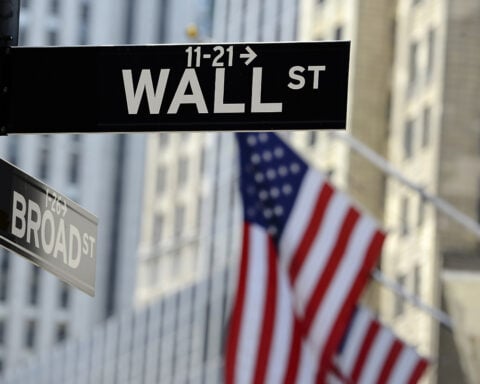The fall in Wall Street continues, with the U.S. stock market plummeting to levels not seen since June.
By midday, the S&P 500 had decreased by 1.1%, marking its potential fifth decline in the span of six days. At 11:20 a.m. Eastern time, the Dow Jones Industrial Average had shrunk by 294 points, or 0.9%, settling at 33,712. Simultaneously, the Nasdaq composite dipped by 1.2%.
A notable decline has been observed in stocks throughout the month, stemming from a growing acknowledgment that the Federal Reserve will likely maintain elevated interest rates. This realization has driven bond market yields to their highest over a decade, negatively impacting stocks and other assets.
Current Treasury yields are mirroring their peaks from 2007, following a series of mixed economic reports. Specifically, the 10-year Treasury yield was stable at 4.54%.
Notably, consumer confidence has reported lower than anticipated figures, raising concerns given the reliance on U.S. household spending to avert a looming recession.
In housing, new home sales experienced a more significant drop than projected last month. In contrast, a report highlighted a potential stabilization in manufacturing across Maryland, the Virginias, and the Carolinas after enduring a prolonged downturn.
Despite housing and manufacturing sectors grappling with the repercussions of elevated interest rates, the broader economy remains resilient. This durability has escalated concerns regarding persistent inflation, prompting the Fed’s recent announcement that it would likely reduce interest rates less than planned in the upcoming year.
Wall Street’s concerns aren’t limited to high-interest rates alone. The impending possibility of another U.S. government shutdown looms large, potentially halting federal services nationwide.
Historical data indicates that Wall Street often faces volatility preceding such shutdowns, as RBC Capital Markets strategist Lori Calvasina noted. Her analysis reveals that, on average, the S&P 500 saw approximately a 10% dip three months before prolonged shutdowns since the 1970s. However, stocks demonstrated resilience during these periods, dropping a mere 0.2% on average.
Wall Street’s challenges include soaring oil prices, global economic uncertainties, potential inflation pressures from a U.S. auto workers’ strike, and the revival of U.S. student loan payments that could impact household spending.
The prevailing sentiment on Wall Street was bearish, with over 80% of S&P 500 stocks in the red. Major tech companies, including Apple, Microsoft, and Amazon, experienced significant drops.
Despite Cintas reporting a more robust profit than anticipated for the quarter and raising its annual revenue and profit projections, its stocks plummeted by 4%.
Stock declines were also prevalent internationally, with markets across Asia and Europe experiencing downturns. Concerns persist in China due to the debt-laden real estate giant, Evergrande, potentially affecting the nation’s economic stability.
The surge in crude oil prices has amplified inflation concerns in the oil sector. Benchmark U.S. crude saw a 0.9% uptick, settling at $90.46, while Brent crude increased by 0.5% to $92.35 per barrel.
In light of the current financial climate, investors worldwide are urged to exercise caution and stay informed. As Wall Street navigates its September challenges, ripple effects are felt across global markets. While the resilience of the broader economy offers a glimmer of hope, mounting pressures from various sectors underscore the need for strategic planning and adaptability. Amid this backdrop, stakeholders await the next fiscal moves with bated breath, hoping for measures that will usher in stability and growth in the coming months.







